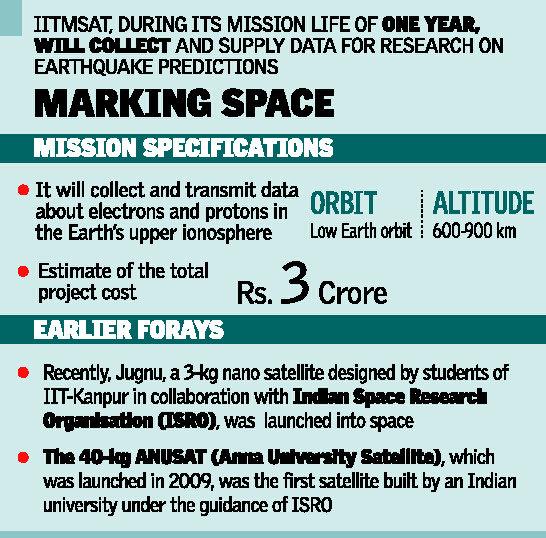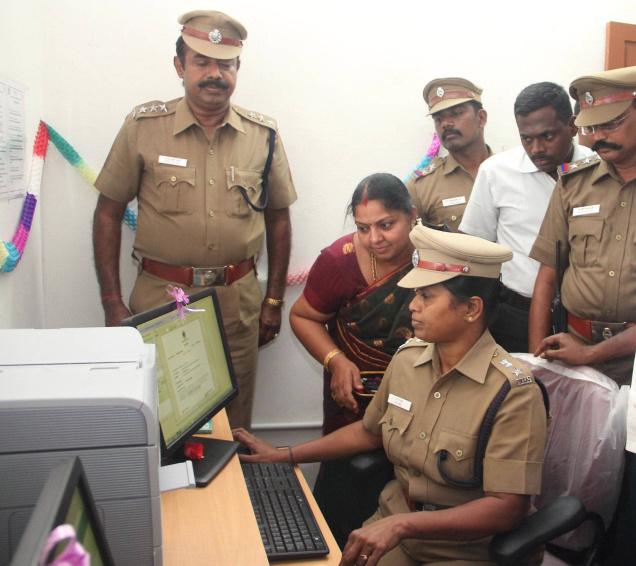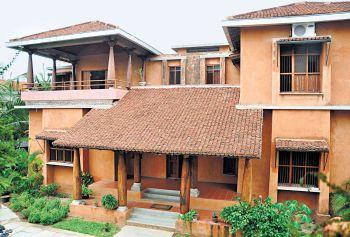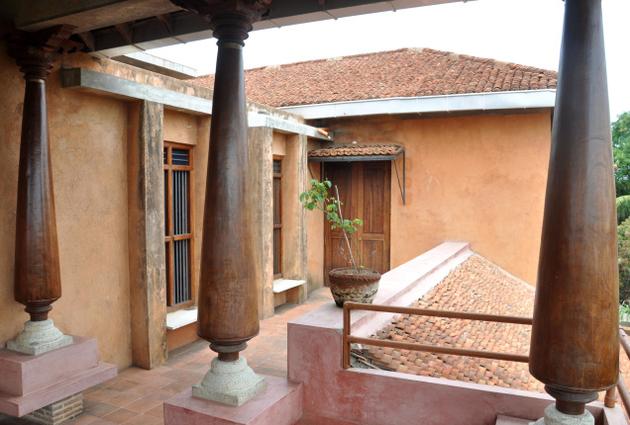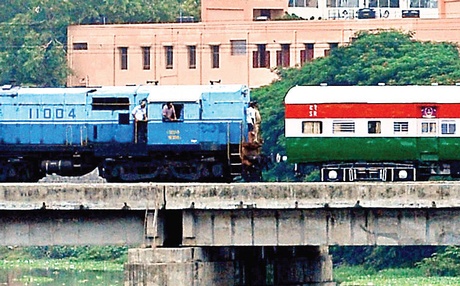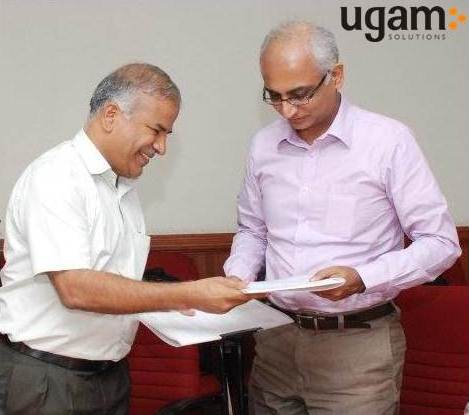The Indian siddha medical graduates association (ISMGA) in Tamil Nadu has urged Tamil Nadu chief minister J Jayalalitha to initiate immediate measures to establish an Indian System of Medicine (ISM) university in Tamil Nadu, which has been pending for quite some time due to the apathetic attitude of the officials in the directorate of Indian medicine.
Alleging that the inordinate delay is due to the apathy of the officers, the ISMGA has recently approached the chief minister and submitted a memorandum, demanding immediate measures to speed up the activities for establishing the university.
The Tamil Nadu government had issued an order on January 23, 2012, directing the Directorate of Indian Medicine for taking preliminary action to establish the university. The order had also wanted the directorate to create a post of special officer along with certain temporary posts for the initial work.
The siddha medical graduates association in its memorandum alleged that the concerned officers in the directorate of ISM have so far not taken any positive step towards implementing the government order. The siddha graduates have also alleged that there is deliberate attempt from some corners to block the establishment of the ISM university in the state, hence they sought the intervention of the state chief minister.
ISMGA general secretary Dr Selvin Innocent Das told Pharmabiz that, on behalf of the association, he sent several letters to the directorate of Indian medicine asking for the progress of the order. But, he said, the officers at the directorate are not responding to his queries in this regard. Even his letter through RTI was also unanswered, he told Pharmabiz.
“It is more than 18 months since the government issued the order directing the authorities of the Indian medicines to take steps to establish the ISM university in the state, which is a long cherished desire and a demand of the siddha community. But the concerned officers are not showing any interest, even not replying to our letters. Still we are not sure whether a Special Officer has been appointed for the purpose as ordered by the government. Finally we wanted to approach the government for its immediate intervention,” he said.
The order of the government says that besides appointing a special officer and other temporary staffs, the directorate can utilize the facility at the Tamil Nadu Medicinal Plant Corporation Ltd (TAMPCOL) office at Annanagar as the office of the university for the time being to start the preliminary work. The government had sanctioned more than Rs. 1 crore for the initial work for the university.
The association complains that if the work is not started before long, it will lead to the lapse of the sanctioned amount. They demand that an experienced siddha physician should be appointed as the special officer rather than appointing any academician.
According to them, there are health universities in Kerala, Gujarat, Rajasthan, Himachal Pradesh and in some other states. Since Tamil Nadu is the hub of Siddha system, it is high time an exclusive university for siddha and other Indian systems is established, they added.
source: http://www.pharmabiz.com / PharmaBiz.com / Home> / Top News> Alternative Medicine / by Peethaambaran Kunnathoor, Chennai / Wednesday – September 11th, 2013
